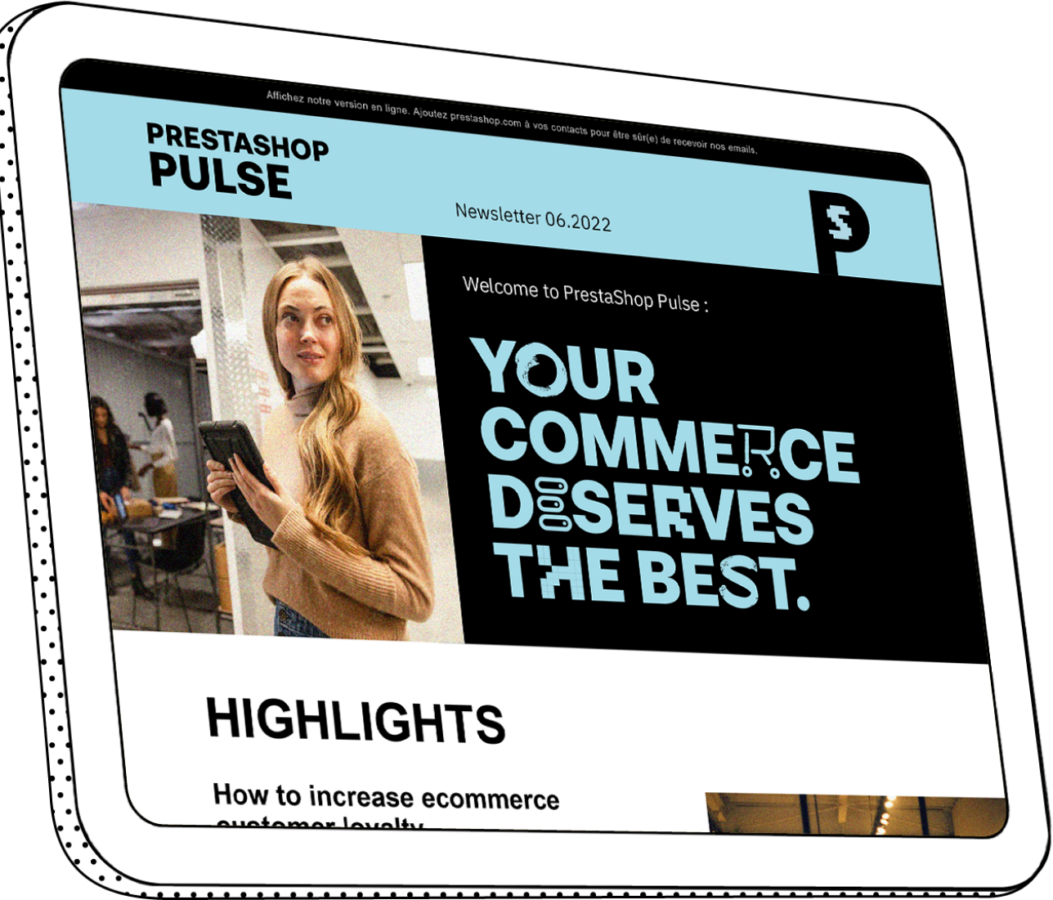Marketing
There are 100 results for your search

MarketingPrestaShop TeamDecember 8, 202510 min
How to sell online? The complete guide to building a successful ecommerce business

MarketingPrestaShop TeamOctober 23, 20254 min
9 key strategies to attract new customers

MarketingPrestaShop TeamSeptember 12, 20254 min
Visibility on AI tools: when ecommerce takes a new turn

MarketingPrestaShop TeamAugust 19, 20254 min
Inspire your audience: our article ideas for your ecommerce blog

MarketingPrestaShop TeamAugust 12, 20254 min
Product packaging: how to balance branding, costs, and environmental impact?

MarketingPrestaShop TeamJuly 11, 20254 min
How to limit your store’s environmental footprint without falling into greenwashing

MarketingPrestaShop TeamApril 14, 20258 min
Why and how to start a blog with PrestaShop

MarketingPrestaShop TeamApril 14, 20258 min
Do you have a communication plan?

MarketingPrestaShop TeamMarch 12, 20255 min
